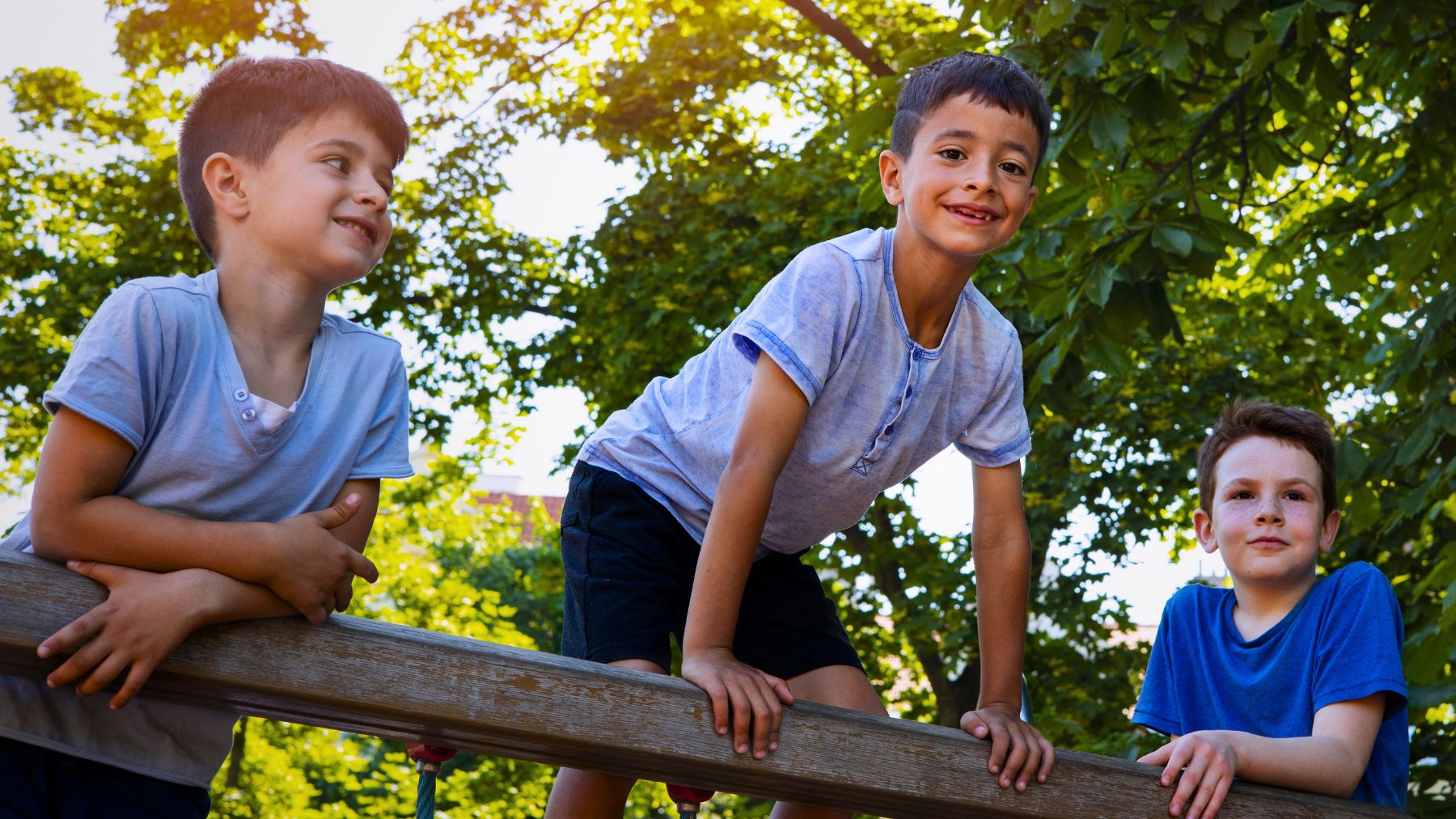Often overshadowed by the relentless academic pressures in US schools, physical training offers remarkable benefits for children. This dynamic activity not only enhances body strength and flexibility but also fortifies critical neurological skills such as executive function and sensorimotor integration.
Here, we’ll explore how physical training sharpens essential thinking abilities in children aged 5 to 12. We’ll also examine a range of practical strategies designed to weave more movement, play, and active learning into kids’ daily routines, whether in classrooms or outdoor settings.
Physical training: a subject to build sharper minds
Physical activity doesn’t exist only to burn energy. Based on established scientific knowledge, it’s well-supported that regular movement improves specific cognitive functions, such as sustained attention and strategic problem solving, which are fundamental to effective learning.
Children who consistently engage in physical activity exhibit enhanced on-task behaviour, heightened creativity, and a fortified working memory, the capacity to store and manipulate information in real time. Exercise also expands the brain’s ability to concentrate, generate innovative solutions, and recall instructions.
Movement is essential to young brain development because it fosters exploration, social interaction, and adherence to structured play rules. Meeting the natural need for physical engagement ultimately helps children settle and focus during academic tasks.
Making movement work for kids
There are several ways to integrate movement into a child’s world. Here are a few to keep them moving more:
- Start the morning with motion: Begin the day together with a light routine. Consider a family dance session, some gentle stretching, or even a brisk walk around the neighborhood. This helps wake up the body, energize the mind, and set a positive tone for the day.
- Turn chores into challenges: Make everyday tasks a fun, active game. Try timing your child while they help tidy up, or create a playful scavenger hunt where they race from one room to another collecting items.
- Designate family activity time: Carve out a specific time each day for a family activity that involves movement. Whether it’s a bike ride, an evening walk in the park, or even creating your own backyard obstacle course, these shared moments not only build fitness but also strengthen family bonds.
- Swap screen time for active breaks: Encourage regular breaks from screens by suggesting short bouts of physical play. Set a timer for 5 to 10 minutes during which your child can jump, dance, or invent their little exercise routine.
- Embrace creative free play: Provide your child with simple tools like balls or jump ropes to inspire movement games. Whether they’re creating dance routines, engaging in role-playing, or exploring new ways to move, creative play nurtures both motor skills and inventive thinking.
- Explore community events: Look into local community centers or outdoor programs that offer group sports, dance classes, or nature exploration outings. These introduce your child to social interaction while establishing healthy routines beyond the home.
By integrating these strategies into your daily life, you create an environment that naturally encourages movement. In doing so, you not only support your child’s physical and mental development but also help instill lifelong habits for a healthier, more active lifestyle.

